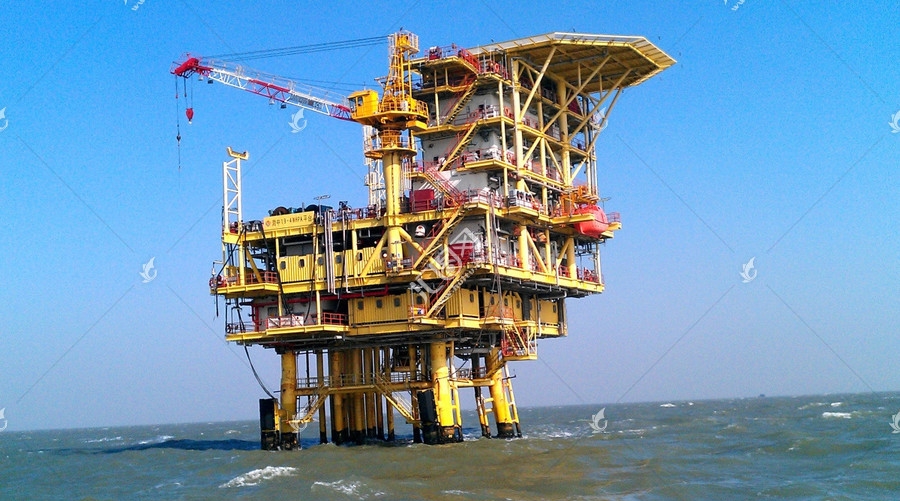Article Archive
Article Archive
- Introduction of Cement Slurry System (Part 1)
- Introduction of Cement Slurry System (Part 2)
- Introduction of Cement Slurry System (Part 3)
- Introduction of Cement Slurry System (Part 4)
- High Temperature and High Pressure Cementing Technology
- Low Density Cementing Slurry Technology
- Anti Gas Channeling Cementing Technology
- Drag Reducing Agents (DRA) or Drag Reducers (DR)
- Nitrogen Surfactant Compound Huff and Puff Technology
- Oil Washing Technology for Increasing Production
As shown in the figure above, insert the plug-in head connected with the drill string into the sealed socket of the casing float collar / shoe, and then carry out cementing operation by cementing the drill string, which is called inner string cementing. Inner string cementing is mainly used for cementing of large size (16 ″ ~ 30 ″) conduit or surface casing. Its advantages are: without large size rubber plug and cement head, large size casing can be cemented; cement injection and displacement of drill string can greatly reduce the pollution of cement slurry; reduce the waste of cement slurry and effectively ensure the cementing quality.
2. Single stage double rubber plug cementing
Single stage double rubber plug casing cementing is the most commonly used cementing method in offshore drilling. It uses double rubber plug (top and bottom plug) for cementing, and its process flow is shown in the figure. Generally, ordinary casing rubber plug is used for cementing on jack up platform or jacket, while SSR rubber plug is used for cementing on floating platform. When using single-stage double rubber plug for cementing, the casing string accessories are mainly composed of float shoes, float collars, centralizers and rubber plugs. The functions of each accessory will be described in the following chapters.
Liner cementing is a cementing method that the liner is suspended on the outer casing through the liner hanger after the liner is sent to the suspension design depth with drill pipe, and then the cementing operation is started. The liner hanger can be divided into mechanical type and hydraulic type. We usually use hydraulic type liner hanger, and its cementing process is shown in the figure above.
4. Water injection mud plug
In order to deal with lost circulation, abandoned well, backfilled depleted layer, sidetracking and isolated layer, water injection mud plug technology is needed, and balanced cement plug is the most commonly used method. When injecting the cement plug, firstly lower the drilling tool to the top of the designed depth of the water injection mud plug, inject cement and replace the cement slurry (to ensure that the cement surface in the pipe is higher than the height of the cement plug surface in the annulus), then slowly lift the drilling tool out of the top surface of the cement plug, cycle and wash the pipe string to keep the cement plug in the original position as shown in the figure above.
5. Squeeze cement
Cement squeezing is a cementing operation in which thecement slurry is forced into the open hole by hydraulic pressure or into the formation through the casing or tailpipe hole. The typical cement squeezing operation is shown in the figure above.




